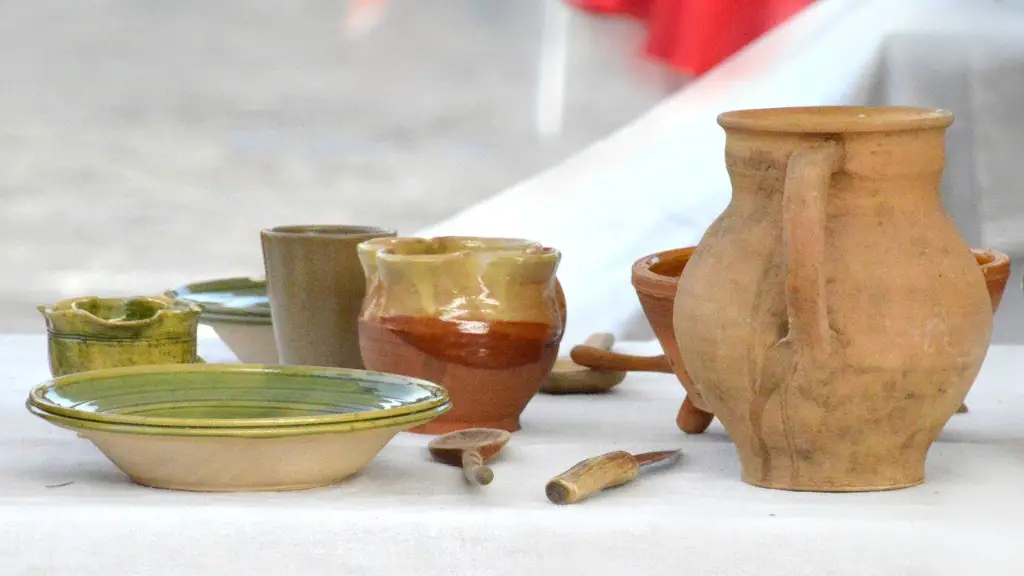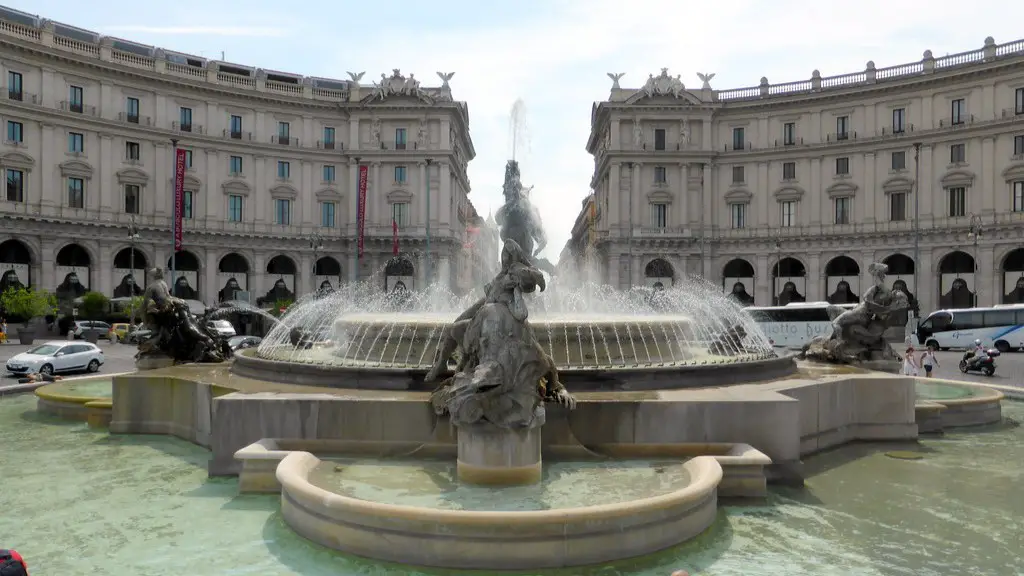Ancient Rome was the birthplace of many crops and crops that have had an essential role in the development of agriculture in Europe. These crops were far from homogenous, as each part of the empire had its own specialties. In this article, we attempt to identify the types of crops and products that were generally present in ancient Rome, and to understand the role of these crops in the economy of the empire.
Grain – The Roman Staple
Grain, by far, was the most important cooked food item in ancient Rome. Wheat and barley were the primary members of the grain family, and they were essentials for Roman diet, though other grains such as oats, millet, and rye were also cultivated. The grain was ground into flour and made into bread, a staple of the Roman diet. The availability and affordability of wheat and barley played an important role in sustaining the Empire, as it provided the main energy source for its citizens and slaves.
Vegetables
In addition to grains, ancient Rome also cultivated a wide variety of vegetables. These included cabbage, garlic, onions, peppers, lettuces, cucumbers, and turnips. These vegetables were used in a variety of dishes and were a regular part of the Roman diet. Vegetables, and fresh produce in general, were very seasonal in ancient Rome, and the availability of local vegetables depended heavily on the time of year and the climate of the region.
Fruits
Fruits were an important part of the Roman diet and were consumed both fresh and dried. Orchards of apple, pear, and cherry trees were common throughout the Roman Empire, and were heavily cultivated. Grapes were grown particularly in the hotter climates of the colonies in the south and were made into wines and sold around the Empire. Peaches, apricots, figs, and plums were also widely cultivated and consumed in ancient Rome.
Legumes
Legumes, particularly peas and beans, were a major staple of the Roman diet. Peas and beans were cultivated in a variety of climates, though they seem to have been more prevalent in the cooler, northern areas of the Empire. Legumes were ground up and made into porridge or used as part of a stew. They were an important source of protein and their affordability made them an essential crop for the poorer members of the Roman population.
Herbs and Spices
Herbs and spices played an important role in the Roman diet. Herbs such as rosemary, thyme, and oregano were used as flavourings in dishes and to preserve food. Thyme, in particular, was particularly popular, being used to flavour bread, meat dishes and sauces. Spices such as cinnamon, nutmeg, cumin, and coriander were imported from the East and were commonly used in cooking, particularly to add flavor to dishes.
Olives and Grapes
Olives and grapes were two crops that were heavily cultivated in Ancient Rome. The provinces in the south were particularly renowned for their olives and were harvested and exported around the Empire. Olives were an essential ingredient in many sauces, salads and dishes, and were a key source of fat in the Roman diet. Similarly, grapes were cultivated in the south and made into wines that were heavily exported across the Empire.
Conclusion
It is clear that ancient Rome was a highly advanced and diverse agricultural society in terms of the crops that were grown and cultivated. Grains, vegetables, fruits, legumes, herbs and spices, olives and grapes were all staples of the Roman diet. Even though some crops were more common than others, it is clear that the variety of the crops enabled the Roman diet to be well balanced and nutritionally varied.


